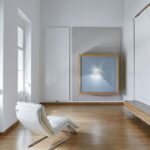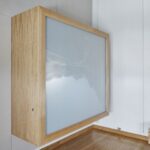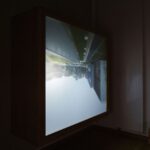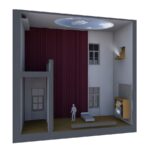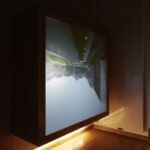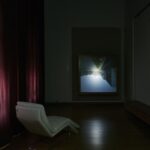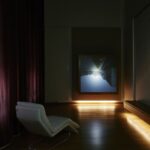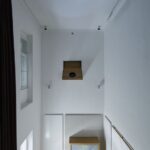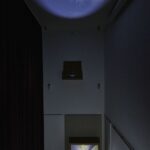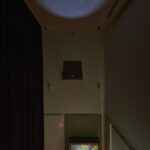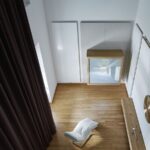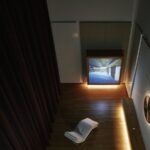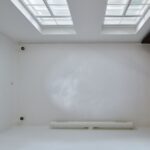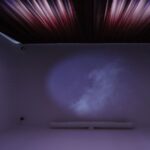
A permanent spatial installation for the “Room of Silence” at the palliative unit, balloon architekten ZT-OG stands out as the only architectural firm to experiment with camera obscura modules in contemporary architectural culture since 2012.
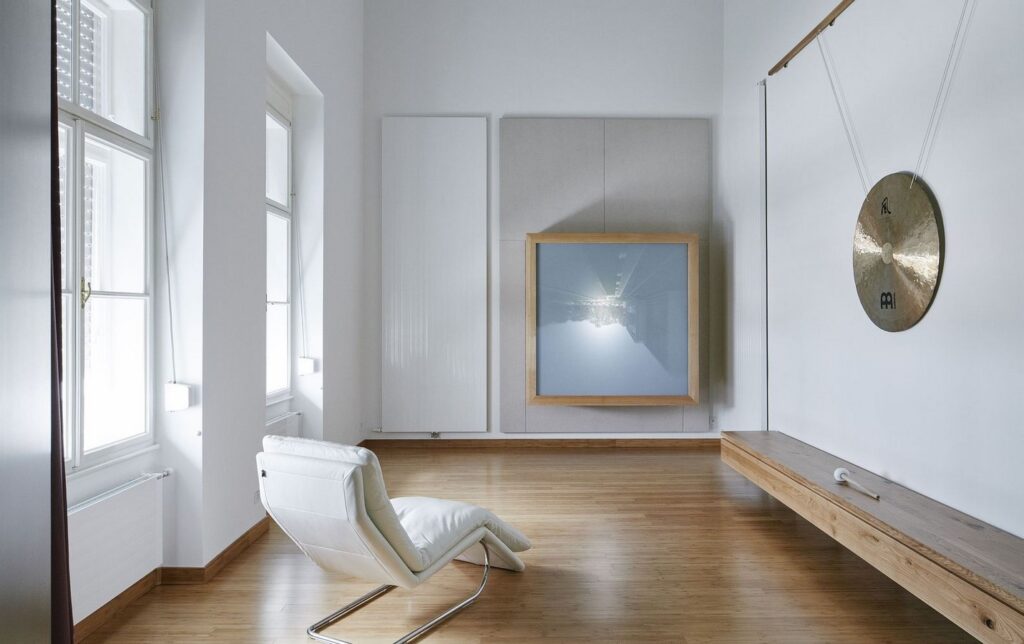
Understanding Camera Obscura
The camera obscura, as the prototype of the photographic camera, functions much like the human eye, depicting images upside down on the retina. Distinctive features in the surroundings are photographed and projected in real-time through a hole in the wall, upside down, and along with all changes due to the incidence of light, time of day and year, onto a screen in the darkened room inside the camera obscura. This process occurs without the need for any electrotechnical installations such as a film camera. With the aid of lenses and angled mirrors, the projection of the outside world can be brought into focus and redirected onto the floor, the walls, or ceiling of the interior.
Innovative Approach
Themed around the idea of “You need to turn the world upside down to view familiar things from a different perspective,” balloon installed a camera obscura in an old caravan in 2012/13 as part of the Outinverse research project. This served as a mobile field research instrument for location analysis, visualizing hidden potentials of places. The calming, almost meditative effect of the upside-down moving, but silent images on the viewers’ psyche prompted the idea to utilize this camera obscura effect in designing day-rooms in medical, therapeutic facilities.
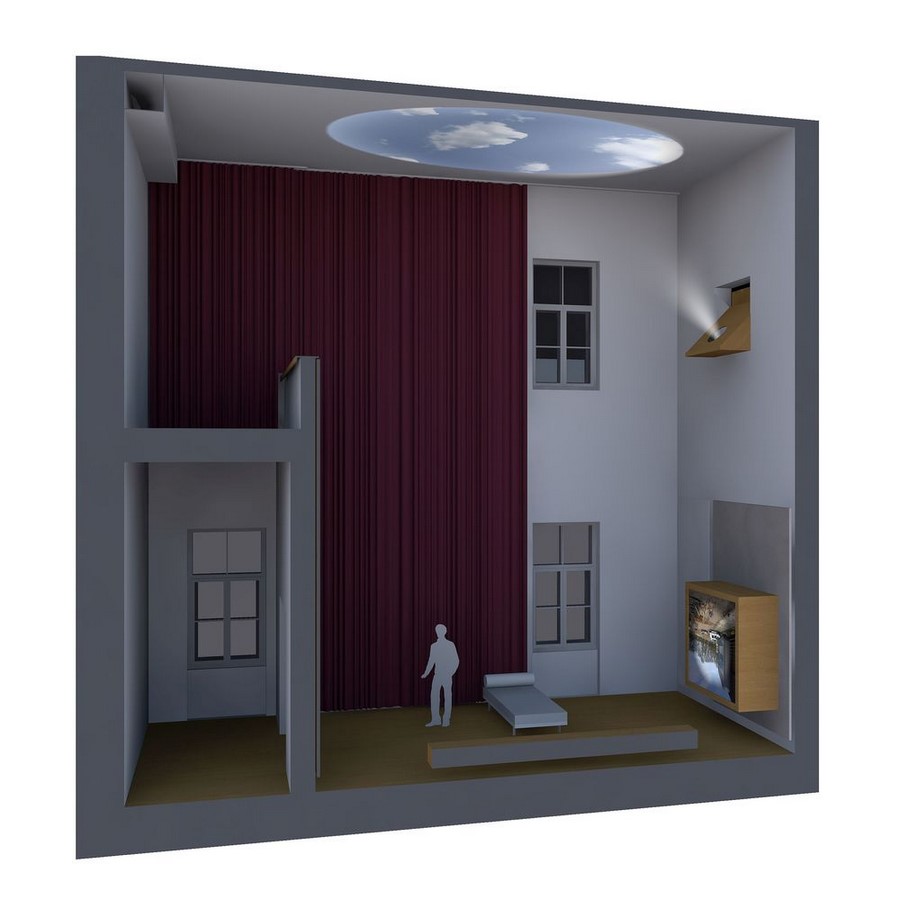
Room of Silence
The first walk-in camera obscura for such purposes was built as a permanent installation in a day room of the palliative unit during the conversion and extension of Fürstenfeld regional hospital (LKH) in 2017. It is a context-sensitive perceptual installation that opens up a wider spectrum of viewing the surrounding site for patients and visitors, while also stimulating their worlds of thought. Specifically, the darkened “Room of Silence” allows users to take in a projection of the new gardens on the wall and the moving cloudy sky on the ceiling. This visual experience amplifies the effect of the room designed in collaboration with ARGE Morawetz-Zinganel and supplements other facilities available in the “Room of Silence.” By adjusting the blinds, curtain, and lighting, different light moods and scenarios can be created for use in the room.
Conclusion
The focus of this project lies not on architecture for events or staging, but rather on an architecture of the senses, enriching the experience of users in medical and therapeutic environments.


